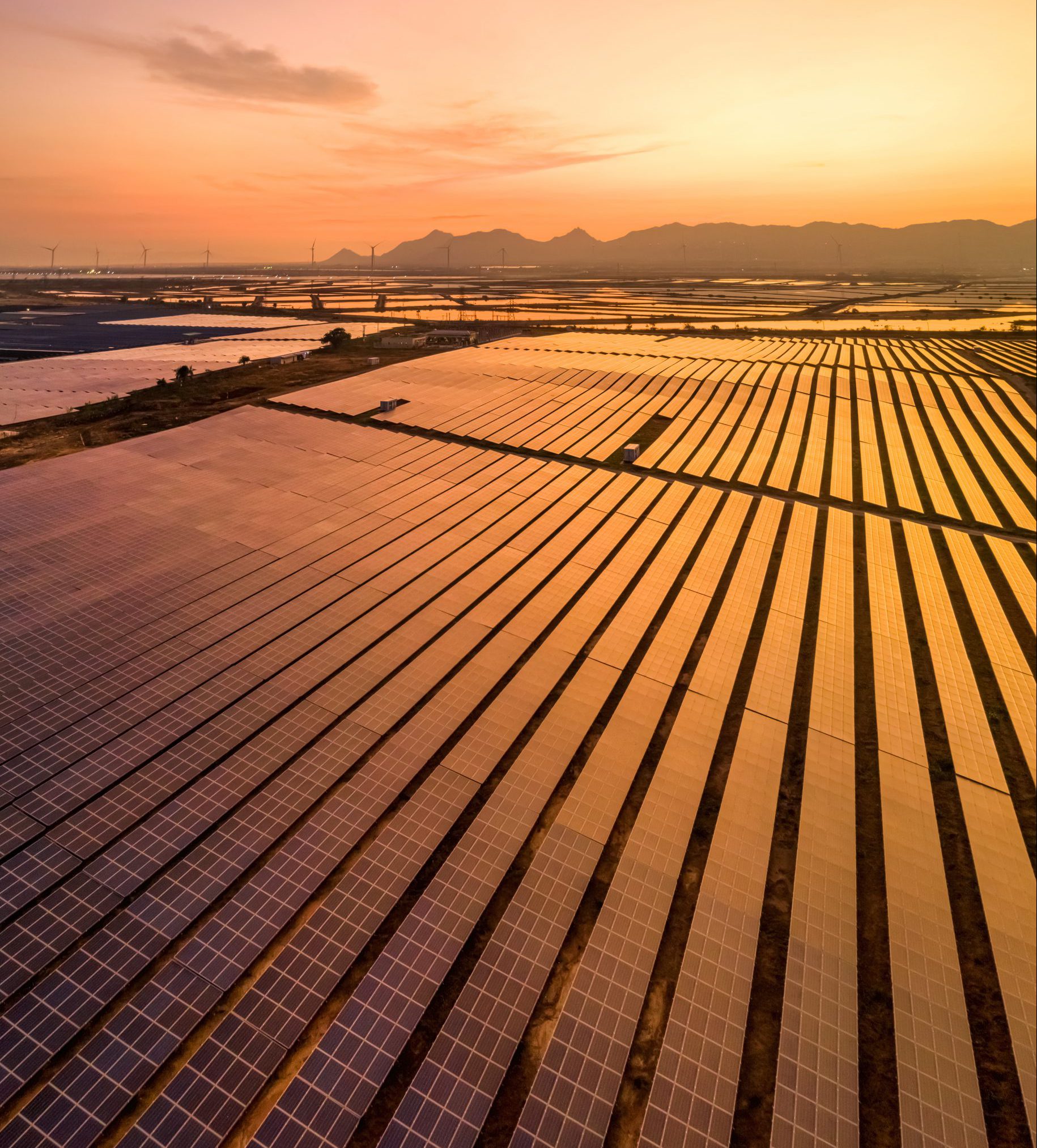solar uncommon dialogue
Historic Agreement Unites Diverse Stakeholders to Revolutionize Large-Scale U.S. Solar Development
In a landmark accord, major solar developers, conservation groups, agricultural organizations, environmental and environmental justice groups, and tribal entities announced today their agreement to advance large-scale U.S. solar development while championing land conservation and supporting local community interests.
Read More ->
Land Use & Solar Development
Harnessing the sun’s energy and converting it to electricity offers one of the most technologically viable and cost-effective means to produce pollution-free, sustainable power. Generating electricity at the scale necessary to achieve ambitious carbon emission reduction goals requires long-term planning for efficient and responsible project development.
Responsible Land Use
There is tremendous solar power generation potential in the United States. In five minutes, enough sunlight shines on the continental U.S. to satisfy our electricity demand for an entire month. The U.S. Southwest has particularly abundant and high-quality resources for utility-scale solar power. Research from the National Renewable Energy Laboratory shows that the entire U.S. could be powered by utility-scale solar occupying just 0.6% of the nation’s land mass.
A utility-scale solar power plant may require between 5 and 7 acres per megawatt (MW) of generating capacity. Like fossil fuel power plants, solar plant development requires some grading of land and clearing of vegetation. However, as utility-scale photovoltaics (PV) technology has improved over the last decade, projects are able to utilize land with much steeper slopes and no water access.
Siting & Permitting
Siting and permitting a utility-scale solar project is a complex process. Land use, access to transmission, wildlife concerns and others must be considered, and securing access to a suitable site is only the first step in the siting process. Solar projects are subject to strict review processes through federal, state, and local regulators. Solar companies provide detailed project construction plans, conduct numerous environmental studies, and propose mitigation strategies to aid in this process. These practices, as well as today’s utility-scale solar power technologies, ensure that any environmental impact is minimized.
The majority of utility-scale solar projects are located on privately-held land. When a project is proposed on private land, various state and local agencies must grant the necessary approvals prior to construction. The siting and permitting process can take more than three to five years to complete. SEIA supports the adoption of best practices and policies that streamline the siting and permitting of worthy projects.
When solar projects are proposed on federal land managed by the U.S. Bureau of Land Management (BLM), the BLM, in coordination with other agencies such as the U.S. Fish and Wildlife Service and state and local authorities, is authorized to permit the development of solar and other energy projects. SEIA supports the use of federal land for solar development and is actively engaged in BLM’s process for crafting the rules that govern how a solar project is permitted and built.
Environmental Review
Environmental review of a proposed solar project on public land can take as long as three to five years. This time period is typically less for projects on private land. Many areas ideal for utility-scale development are on public lands overseen by the BLM. To build on public lands, developers must obtain a right-of-way (ROW) from the BLM. Applications for a ROW grant or lease undergo a strict environmental review process, as required by the National Environmental Policy Act of 1969 (NEPA). During the application process, companies provide detailed project development plans, preliminary environmental assessments and mitigation strategies, among other documents. The BLM, in coordination with state and local authorities, conducts analyses of the site and holds public hearings with members of the community to gauge the impact of the project on the area. An official Environmental Impact Statement (EIS) is issued for each project before an official Record of Decision is announced.


